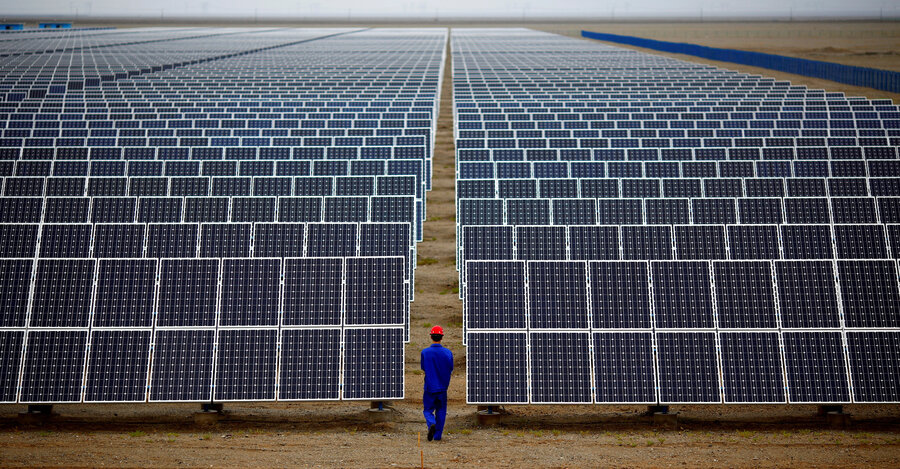Despite record coal use, China on track to meet green energy targets
Loading...
| Beijing
China’s installed wind and solar capacity will overtake coal for the first time this year, an industry body forecast on Jan. 30.
The China Electricity Council (CEC) in a yearly report said grid-connected wind and solar would make up around 40% of installed power generation capacity by the end of 2024, compared with coal’s expected 37%.
By comparison, wind and solar together were around 36% of capacity at the end of 2023, and coal was just under 40%.
China plans to generate an increasing share of electricity from renewables as part of its pathway to net zero emissions, with coal-fired and gas-fired power plants acting in a reserve capacity to ensure reliability.
The transformation is already well underway, though the extent of the changes was masked by drought in 2022-23 that temporarily reduced hydroelectric generation.
Moving to reserve
In 2023, coal generators played a crucial role in meeting the resumed growth in electricity consumption as the economy reopened after the COVID-19 pandemic while also making up for shortfalls from hydro power.
Despite record thermal generation last year, massive growth in renewables capacity and a return to more normal river levels is likely to cause thermal growth to slow and then reverse before the end of the decade.
Thermal capacity increased by 4% in 2023, but that was slower than the overall growth in consumption (7%), and much slower than the rate of capacity increases in wind (+18%) and solar (+50%).
The central government has already announced plans for coal-fired and gas-fired plants to be transformed from baseload generators to become a reliability reserve.
“The proportion of low-carbon new energy sources such as wind and solar energy will increase significantly and eventually become the main power source,” according to a commentary published by official news agency Xinhua.
A large number of coal-fired generators will be held in reserve, in use for a diminishing number of hours each year.
For many climate campaigners and non-governmental organizations, renewables and coal are seen as simple substitutes, but officials have focused on their complementarity in the short to medium term.
The government has noted that large-scale electricity storage is not yet technically and commercially mature, ensuring flexible and reliable coal and gas units are the most practical backup for renewables.
To cover the costs of maintaining reserve generation, the government has announced plans for a new two-part electricity pricing system.
Coal-fired generators will be paid separately for keeping capacity readily available as well as for the amount of power actually generated.
Capacity payments are intended to allow coal generators to recover fixed costs associated with construction, labor, and repairs.
Despite pessimistic headlines about China’s record coal production, generation, and emissions last year, the transformation of the electricity system is already well advanced.
On the current trajectory, the government is very likely to meet its declared target of peaking emissions before 2030.
This story was reported by Thoms Reuters Foundation. Additional reporting by Reuters reporter Colleen Howe was included in this story.





